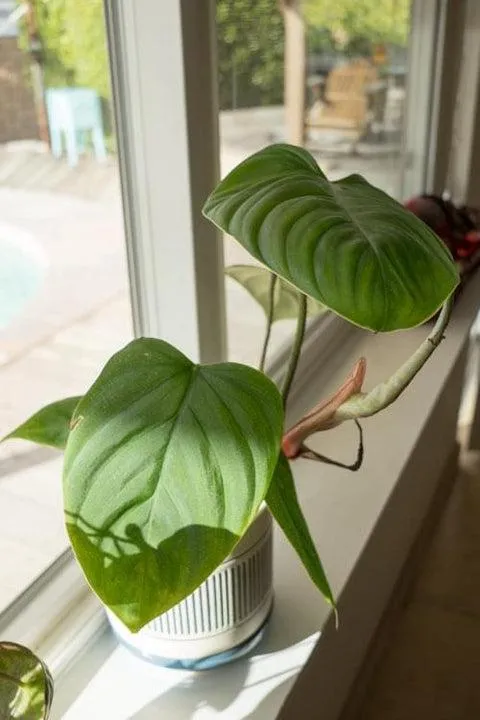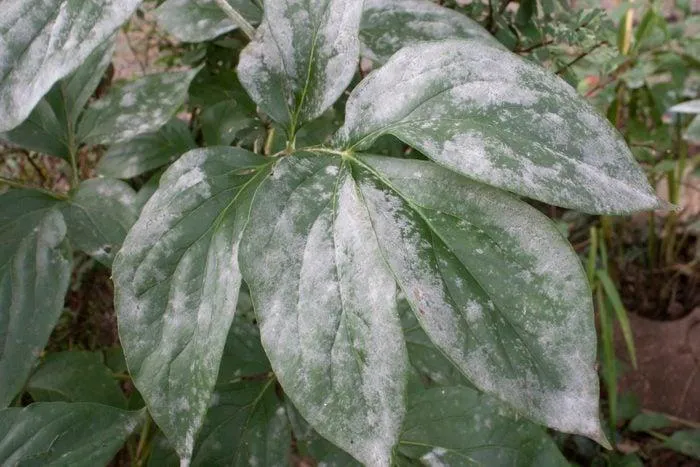Understanding Philodendron Plants with Fuzzy Stems
A philodendron with fuzzy or hairy stems can cause confusion for plant parents. In this article, I’ll explain the different types of philodendron that have fuzzy textures and answer common questions about caring for these tropical vines.
Identifying Philodendron Varieties with Fuzzy Stems
- Philodendron hederaceum, or English ivy: This fast-growing vining plant has hairy green stems and heart-shaped leaves. It’s one of the most common fuzzy philodendron varieties.
- Philodendron micans: Nicknamed “limelight” or “velvet-leaf philodendron,” P. micans has lush green foliage and velvety fuzzy stems. Its leaves have a beautiful silvery sheen.
- Philodendron selloum: Also called “Brazilian philodendron,” this plant features ruffled, pleated leaves on hairy reddish stems. It’s a classic choice for indoor hanging baskets.
- Philodendron scandens oxycardium: With deeply lobed, pointed leaves and fuzzy red-brown stems, this is a beautiful trailing plant great for draping over shelves or poles.
From my experience with philodendron, the fuzzy textures serve to add visual interest but don’t affect care. The hairs help these vines climb and spread their foliage.
Watering Fuzzy-Stemmed Philodendron
When it comes to watering these vines, the general rule is to let the top inch of soil dry out between waterings. But I’ve found philodendron to be quite forgiving—they won’t die if you miss a watering by a few days! Feel the soil and you’ll get a sense of when it’s time to water.
You don’t want to leave wet soil sitting around the roots for long periods, as that can cause root rot. I like to water my philodendron thoroughly until water drains out the bottom, then discard any excess in the saucer. This thoroughly wets the soil without leaving it soggy.

Light and Fertilizer Needs
Most philodendron do best in moderate to bright, indirect sunlight. Place them near an east- or west-facing window to get plenty of ambient sunlight without direct sun, which could scorch their fuzzy leaves.
I fertilize my philodendron only in the active growing season, usually spring through fall. I use a diluted liquid houseplant fertilizer according to label directions every few months. Too much fertilizer can burn the roots of philodendron or cause foliage damage.
Pruning for Shape
If you want a bushier plant, you can prune philodendron stems back periodically. Cut stems just above a leaf node using clean pruners. The new growth will be fuller. I typically prune my philodendron right before new growth season in early spring.

Pruning any fuzzy-leaved philodendron will result in freshly exposed fuzzy stems sections as it regrows. This can give a full, lush appearance. With minimal care, these fuzzy-stemmed vines make lasting indoor accents.
Common Pests and Problems
In my experience, philodendron are fairly pest-free as long as the growing conditions are suitable. Occasionally, you may spot:
- Spider mites: Tiny spider-like bugs that can cause leaf stippling or webbing. Wipe leaves with a damp cloth or neem oil solution.
- Mealybugs: Fluffy white insects that suck sap. Isolate the plant and spot-treat with neem or insecticidal soap.
- Scale: Hard, shell-like bumps that also suck sap. Carefully scrape them off with a fingernail.
If leaves suddenly yellow or drop, the issue could be over- or underwatering, too much sun, or lack of nutrients. Rotted roots are another potential problem, usually caused by soggy soil. Cut away any mushy sections and improve drainage.
With the right care, fuzzy-stemmed philodendron can be low-maintenance additions to your indoor jungle. I hope these tips help you better understand and enjoy these beautiful tropical vines! Let me know if you have any other questions.

Philodendron Care Guide
| Variety | Description | Light Needs |
|---|---|---|
| Philodendron hederaceum | Heart shaped green leaves, stems can climb | Bright indirect light |
| Philodendron scandens | Vining plant with glossy dark leaves | Low to medium light |
| Philodendron brasil | Variegated heart shaped leaves with green and cream | Medium to bright light |
| Philodendron selloum | Large, glossy green leaves with woven trunk base | Medium to bright indirect light |
| Philodendron pink princess | Heart shaped leaves with pink edges | Bright indirect light |
FAQ
-
What kind of stem does a philodendron have?
Philodendrons have fuzzy stems. The tiny hairs give them a sort of fuzzy or velvety feel. Pretty cool, huh?
-
Why are philodendron stems fuzzy?
Scientists aren’t totally sure, but it appears the fuzz helps the plant. Maybe it protects the stem or helps it climb. On the other hand, the fuzz could just be something flip about how philodendrons evolved. Ultimately, the fuzzy stems seem to work for them.
-
Can you remove the fuzz from a philodendron stem?
You can take the fuzz off, but it’s not really necessary. You might find it looks weird without the fuzz. Plus, the stems could get damaged. I’d leave the natural fuzz intact – it obviously doesn’t bother the plant!
-
Will a philodendron stem ever stop being fuzzy?
As far as I know, the fuzzy texture is a permanent feature. A philodendron stem pretty much keeps its fuzzy quality for the life of the plant. Unless some freak event occurred to remove all the tiny hairs, you can count on philodendron stems staying fuzzy.

-
Is a philodendron considered a vine or a houseplant?
That’s a interesting question! Philodendrons have a climbing or trailing nature, but they also make great houseplants. So I’d say a philodendron can be both – it’s a vine that you bring indoors as a houseplant. Pretty handy, eh?
-
What happens if you put a philodendron stem in water?
If you put a philodendron stem in water, it will potentially grow roots. The stem has nodes where roots may develop. Give it bright, indirect light and it could send out roots within a few weeks. Once they appear, you can plant the rooted stem in soil. Neat, huh? Playing with plant propagation is kinda cool.
-
Are all philodendron stems fuzzy?
As far as I know, most types of philodendrons have fuzzy or hairy stems. However, there are a few varieties like philodendron hederaceum that do not. Basically, if it’s called a “philodendron” you can guess the stems will be fuzzy. But not a universal rule – some varieties break the mold.
